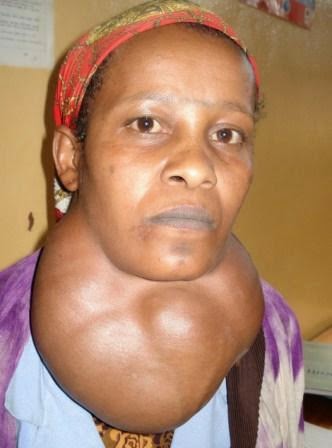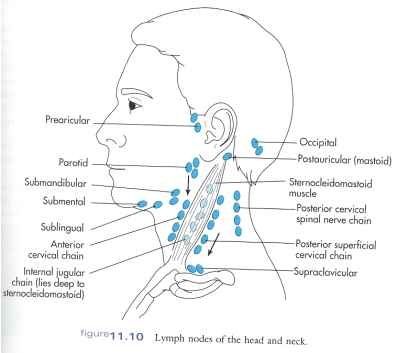Thyroid Examination

Present your self to the patient
Take permission
Wash your hand
The patient should be sitting in a chair with good light with the examiner at the same level in a chair or kneeling
Ask for a glass of water
Exposure of the patient and positioning
Exposure to the level of sternal angle- remove head coverings
Neck should be extended
Hand beside the patient
Remove of neck jewelries
Inspection
Swelling in the anterior aspect of the neck
Size
Shape
Moves with swallowing
Moves with protrution of the tounge
Skin
Scars
Dilated neck veins
Visible pulsation
Palpation
Ask patient for presence of tenderness
From front do first The 4 T
Tenderness
Temperature
Thrill
Trachea
From Behind
begin by the largest lobe
size
Surface
Consistancy
Ability to go below it
Attachment to skin
Ask the patient to look upward and to opposite site
Examine for attachment to Sternomastoid muscle
Do the the same in the other lobe
Now Examine cervical lymph nodes using up and down technique
palpate for carotid pulsation(Barry's sign)
palpate the scalp for mets
Move infront of the patient
Percustion for reterosternal extension on each side of the sternum
Auscultate for the presence of bruit
Examination of The Thyroid Status
Examination of the Hands
Shake hands the hands for temperature and moisture
Pulse:Rate-Rhythm-Volume
Ask the patient to spread his fingers for fine tremers
look for palmer erythema- clubbing of fingers-brittel nails-thyroid acropachy
Measure the blood pressure
Examination of the Eyes: look for
Lid retraction
Chemosis
Corneal ulceration
Exopthalamus
Proptosis(from the sides and behind)
Ask the patient to follow your finger for
Lid lagging
Opthalamoplegia
Jeffery's sign (abscence of wrinkling of the forehead )
Examination of the lower limbs for pretibial mexodema and knee reflexes
Examination of Cardiovascular system and the abdomen(for hepatomegaly and ascites)
Examination of the voice
Ask the patient to try stand from sitting without support (for proximal myopathy)
Cover the patient
Thank the patient
Wash your Hand




